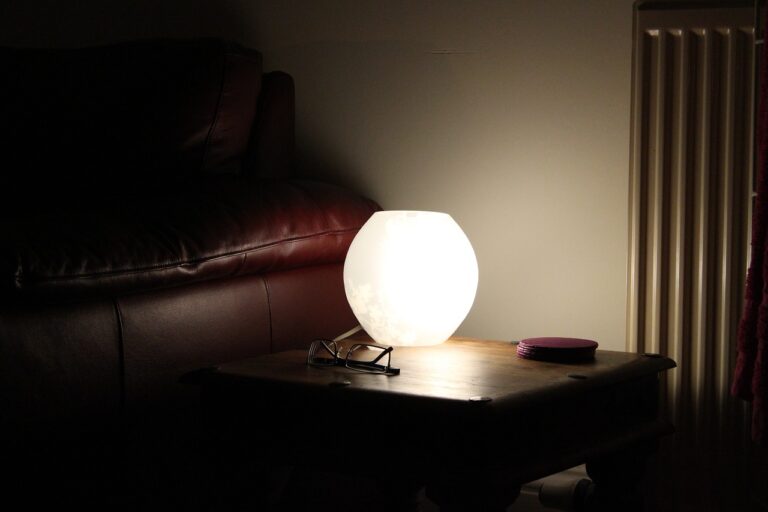Painting Tips and Tricks for a Professional-Quality Finish
Before starting any painting project, preparing the surface is crucial in achieving a smooth and professional finish. Begin by thoroughly cleaning the surface to remove any dirt, dust, or grease that could affect the paint’s adhesion. Use a mild detergent and water solution to scrub the surface clean, ensuring all residues are completely removed.
After cleaning, inspect the surface for any imperfections such as cracks, holes, or peeling paint. Fill in any gaps with a suitable filler and sand down any rough areas to create a smooth surface for painting. Properly prepping the surface will not only improve the aesthetic appeal of the final result but also ensure the longevity of the paint job.
Choosing the Right Paint
When it comes to choosing the right paint for your project, there are several factors to consider. First and foremost, you must take into account the type of surface you will be painting on. Different paints are formulated for various surfaces such as wood, metal, or drywall, so it is crucial to select a paint that is compatible with the surface you are working on.
In addition to considering the surface, you should also think about the finish you desire. Whether you want a matte, eggshell, satin, or glossy finish will impact the type of paint you select. Each finish offers a different aesthetic and level of durability, so choose one that aligns with your desired look and needs for longevity.
• Matte finish: Offers a flat, non-reflective look
• Eggshell finish: Slight sheen and easy to clean
• Satin finish: Low luster with some gloss, durable and easy to clean
• Glossy finish: High shine and very durable, but shows imperfections easily
Once you have determined the surface type and desired finish, you should also consider the paint’s quality. Higher quality paints tend to have better coverage, durability, and color retention compared to lower quality options. While they may be more expensive upfront, investing in a high-quality paint can save you time and money in the long run by requiring fewer coats and lasting longer.
Another important factor to keep in mind is the environment where the painted surface will be located. For example, if you are painting a bathroom or kitchen that is prone to moisture or grease buildup, it is essential to choose a paint that is mold-resistant and easy to clean. Similarly, if you are painting an exterior surface exposed to harsh weather conditions, opt for a paint that offers UV protection and is fade-resistant.
Lastly, don’t forget about personal preferences such as color selection. Take your time exploring different color options before making a decision. Consider how natural light affects colors throughout the day in your space. It may be helpful to test out sample pots of paint on your walls before committing to a large purchase.
In conclusion, choosing the right paint involves considering factors such as surface type compatibility, desired finish aesthetic and durability level,
paint quality for coverage and longevity,
environmental considerations like moisture resistance or UV protection,
and personal preferences including color selection based on lighting effects.
By taking these factors into account when selecting your paint,
you can ensure a successful project with results that meet both your practical needs and aesthetic vision.
Using High-Quality Tools and Materials
When it comes to painting, using high-quality tools and materials is essential to achieve professional results. Opting for top-notch paintbrushes, rollers, and painter’s tape can make a significant difference in the final outcome of your project. Investing in quality tools not only ensures superior performance but also increases efficiency and precision during the painting process.
Moreover, using premium paints and primers is equally crucial for a flawless finish. High-quality paints offer better coverage, durability, and color retention compared to their cheaper counterparts. By selecting paints with superior pigmentation and formulation, you can enhance the aesthetic appeal of your space and enjoy long-lasting results that resist fading and wear over time.
Why is it important to use high-quality tools and materials when painting?
Using high-quality tools and materials ensures a smoother finish, better coverage, and longer-lasting results.
What are some examples of high-quality tools for painting?
Examples of high-quality tools include brushes with fine bristles, rollers with sturdy frames, and painter’s tape that doesn’t bleed.
How can using high-quality materials affect the outcome of a painting project?
High-quality materials like paint and primers are formulated to provide better coverage, durability, and color retention compared to lower-quality options.
Can using low-quality tools and materials affect the overall look of a painted surface?
Yes, using low-quality tools and materials can result in streaks, uneven coverage, and premature wear and tear on the painted surface.
Is it worth investing in high-quality tools and materials for a painting project?
Yes, investing in high-quality tools and materials may cost more upfront, but it can save you time and money in the long run by producing professional-looking results that last longer.







